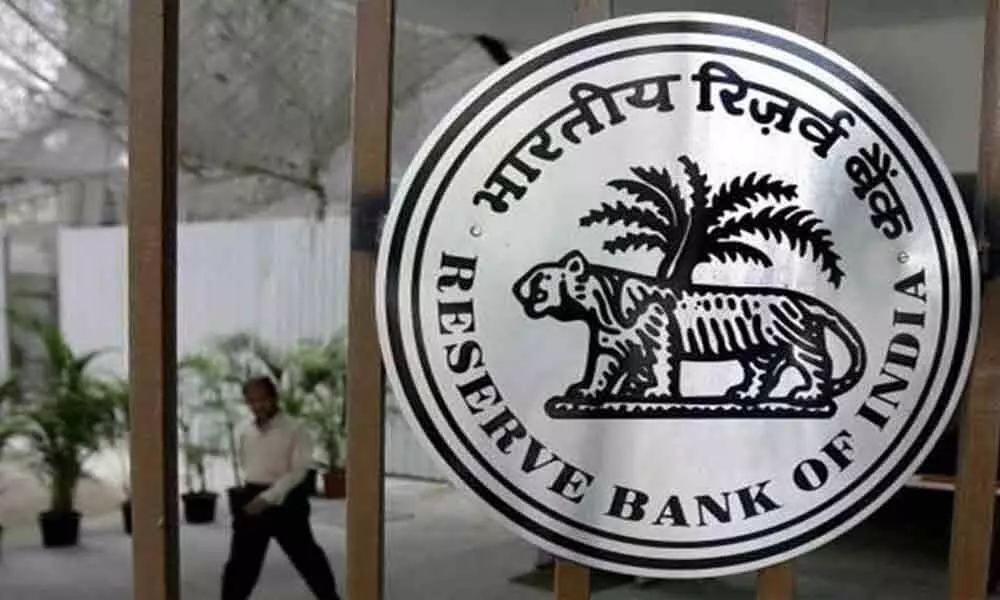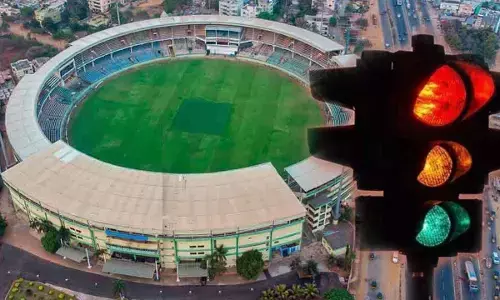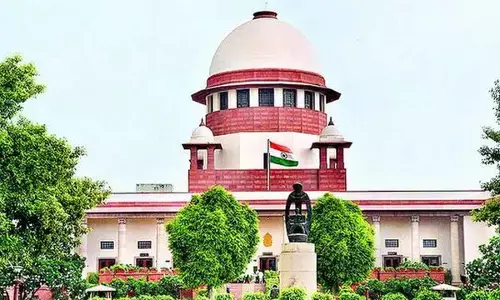RBI proposes a comprehensive framework for the sale of loans
 Reserve Bank of India
Reserve Bank of IndiaThe Reserve Bank on Monday proposed a comprehensive framework for the sale of loan exposures, which could be standard, sub-standard or non-performing assets (NPAs), as part of the overall exercise to deepen the market for lending.
The Reserve Bank on Monday proposed a comprehensive framework for the sale of loan exposures, which could be standard, sub-standard or non-performing assets (NPAs), as part of the overall exercise to deepen the market for lending.
Loan sales may be resorted to by lenders for any reasons ranging from strategic sales to rebalance their exposures or as a means to achieve resolution of stressed assets by extinguishing the exposures.
Presently, the guidelines for sale of loan exposures, both standard as well as stressed exposures, are spread across various circulars of the RBI.
The salient features of the draft framework for the sale of loans as compared to the existing guidelines are as follows:
1) Standard assets would be sold by the lenders through assignment, novation or a loan participation contract (either funded participation or risk participation) whereas the sale of stressed assets may be by assignment or novation.
2) Direct assignment transactions shall be subsumed as a special case of these guidelines.
3) The requirement of Minimum Retention Requirement (MRR) for sale of loans has been done away with.
4) The price discovery process has been deregulated to be as per the lenders' policy.
5) Stressed assets may be sold to any entity that is permitted to take on loan exposures by its statutory or regulatory framework.
6) Some of the existing conditions for the sale of NPAs have been rationalised.
The apex bank said while issuing the comprehensive draft framework for the sale of loan exposure that a dynamic secondary market for bank loans will also ensure proper discovery of credit risk pricing associated with each exposure and will be useful as a leading indicator for impending stress, if any, provided that the volumes are sufficiently large.
It said that the stakeholders can send their comments on the draft framework to the RBI by June 30.




















